
The Numero® Mental Maths Card Game is an amazing Australian educational card game designed to make learning mathematics fun and engaging for all ages, from primary school students to adults. Developed by a teacher, it aims to foster mental calculation skills, fluency, strategic thinking, and a deeper understanding of mathematical concepts in a fun and interactive way.
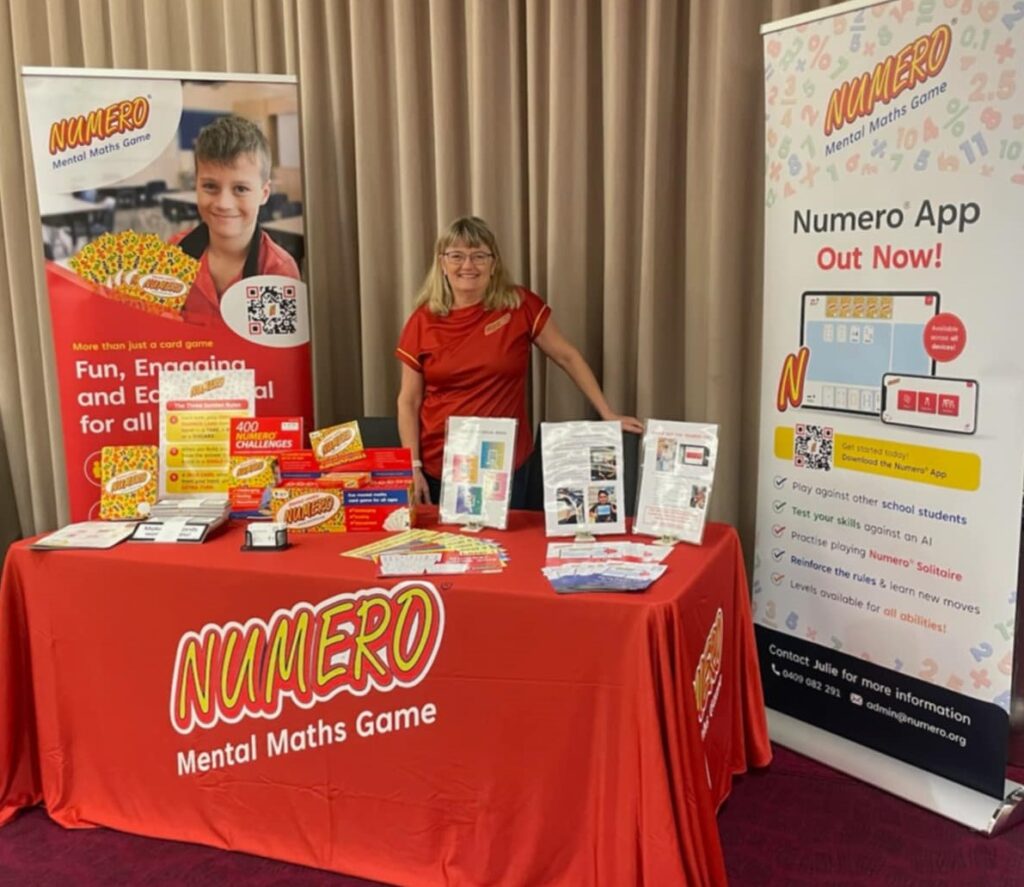
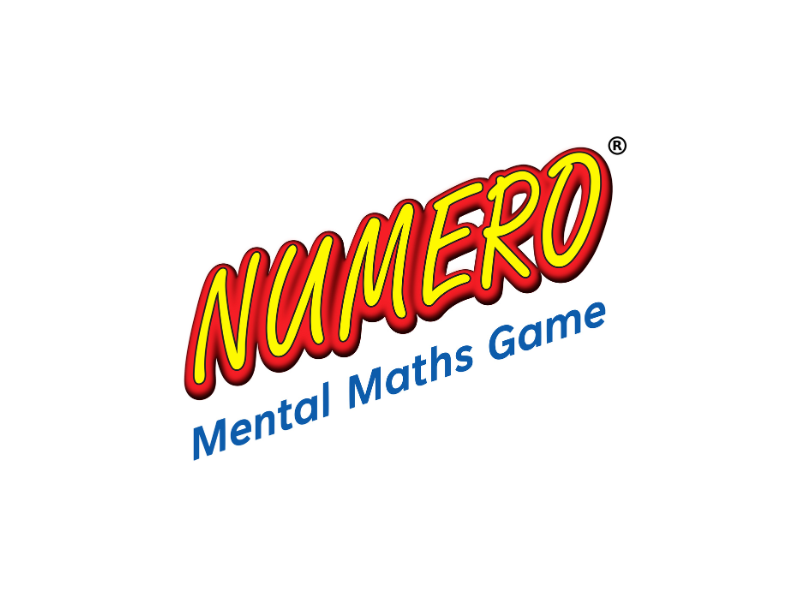
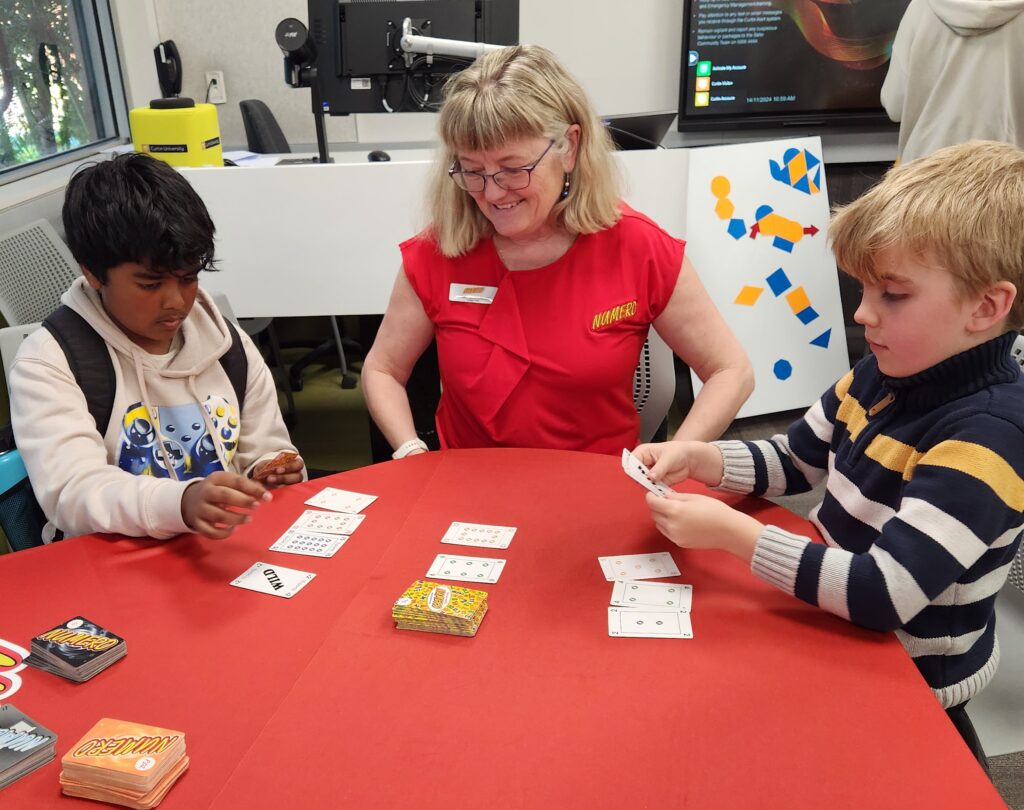
A Game of Number Manipulation
At its core, Numero is a game of number manipulation. The deck consists of cards with numbers 1 through 15, along with “wild” cards introducing operations other than the initial addition allowed within the basic game. The objective of the game is for players to use cards in the centre and the hand to create equations that equal an “answer card” in their hand. This is where the magic happens: players can use any or all of the centre cards, plus any wild cards from their hand. They can use addition with all number cards, but also other operations if those wilds are available – subtraction, multiplication, division, fractions, indices – to reach the target number. This flexibility encourages creative problem-solving and allows for multiple approaches to a single solution.
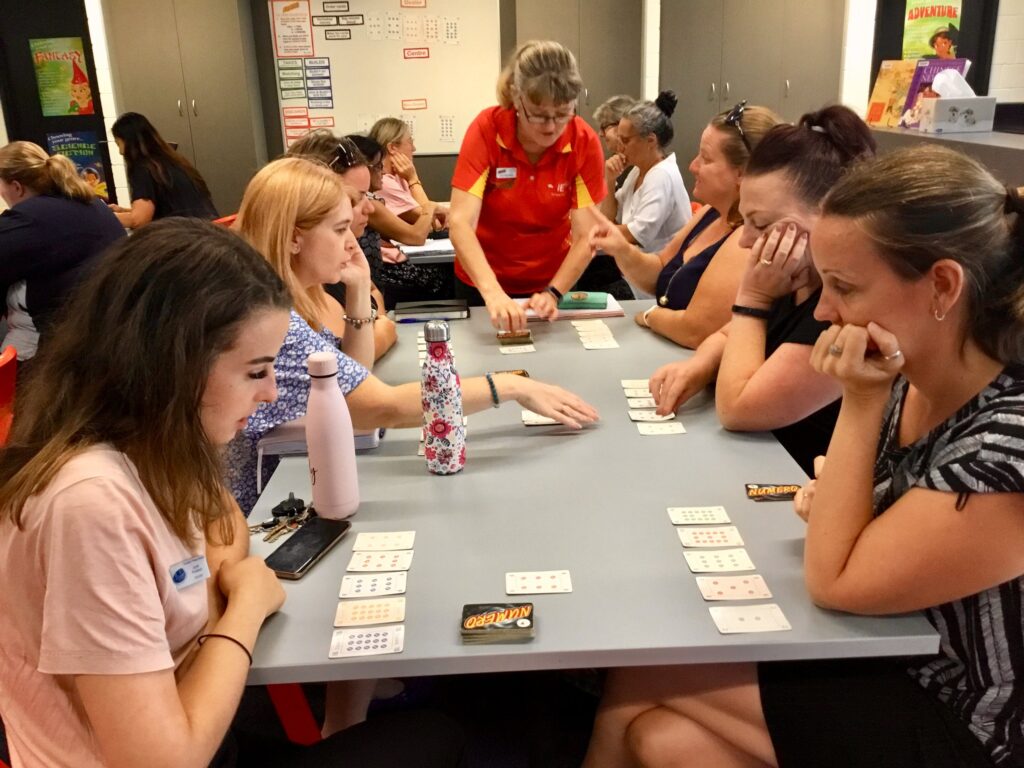
For instance, if the answer card in the hand is 8, a player might use a 5 and a 3 to make 5+3=8. Alternatively, they could use a 4 and a x2 to make 4×2=8, or even a 10 and a -2 to make 10−2=8. This multi-faceted approach helps to solidify the understanding of inverse operations and the interconnectedness of mathematical concepts. The “wild” cards add immediate challenges or advantages and further enhance the strategic depth and unpredictability of the game.
One of Numero’s greatest strengths lies in its adaptability. It can be played at varying levels of difficulty, making it suitable for a wide range of mathematical abilities. Younger children can start with matching or simple addition, then move onto subtraction, while more able students and adults can tackle more complex equations involving multiple operations and higher numbers. The game also lends itself well to different playing formats, from Numero solitaire to partner work or group challenges.

Numero is a Versatile Tool for Home Learning Environments
Beyond basic arithmetic, Numero promotes a host of valuable cognitive skills. Players must think strategically about how to best use their cards, anticipate their opponents’ moves, and quickly calculate different possibilities. It enhances number sense, improves recall of number facts, and builds confidence in mental computation. The game’s interactive nature also encourages communication and explanations between players, discussing different ways to reach a solution.
Numero is used universally for its educational value and has been widely adopted in schools across Australia and internationally. Its success lies in its ability to transform what can often be perceived as a daunting subject into an enjoyable and accessible experience. By making mental maths a game rather than a chore, Numero helps to cultivate a positive attitude towards mathematics, laying a strong foundation for future learning and problem-solving skills in everyday life.
Numero, the mental maths card game, is fully supported, and we can be contacted to answer any questions or assist with training at any time.
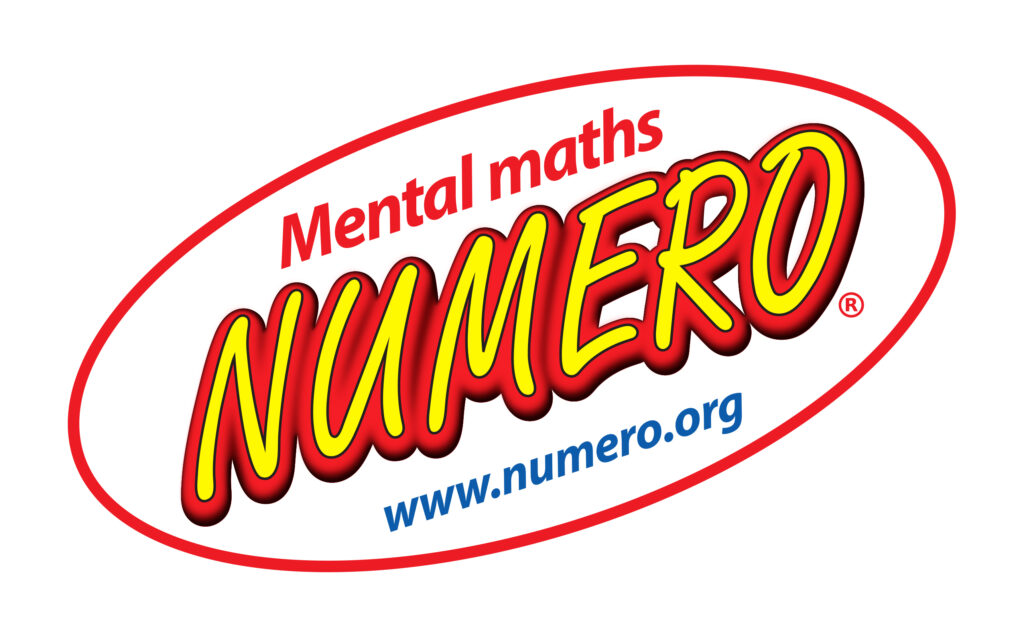
Opening Hours
🛜 24/7
Location
📍Oakford, Western Australia
Contact Number
☎️ 0409 082 291
Frequently Asked Questions
Numero is suitable for both children and adults. It can be played in its simplest form from about 3 years of age, but it can progress in difficulty to suit all abilities and ages.
Ideally, two players, although it can be played with 3 if necessary. The only difference in the rules is that, at the start of the game, you turn face up in the centre as many cards as there are players. The player to the left of the Dealer then has first turn, and play continues in a clockwise direction. There is also the option to play Numero Solitaire
Wild cards increase the difficulty of the game and should be added to the pack as and when a child is ready for that operation. As a rule, just add one or two new cards at a time. Do not add too many at a time, as this should be done progressively and not overwhelm a child.




